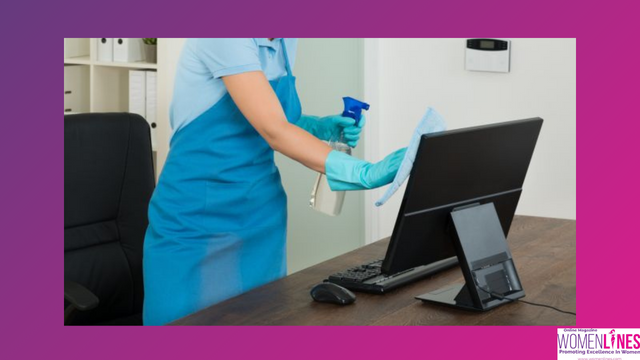Navigating Cold and Flu Risks at Work
As the Cold and Flu season intensifies, safeguarding employee health becomes paramount for business success. This article explores practical strategies for businesses to navigate this challenging period, emphasizing the importance of flexible work arrangements, cleanliness protocols, employee education, and robust health benefits. Prioritizing well-being not only fosters a positive workplace culture but also sustains productivity amid health challenges. The cold and flu season sweeps in with its annual wave of viruses, business owners find themselves at the forefront of safeguarding the health and well-being of their employees. Beyond the moral imperative of ensuring a safe work environment, prioritizing employee health is a strategic move that can have positive ripple effects on productivity, company culture, and overall business success.
- The Importance of Prioritizing Employee Health: The health of a workforce is integral to the smooth functioning of any business. It goes beyond mere humanitarian concerns; it’s a fundamental aspect of organizational success. When employees are healthy, downtimes are minimized, productivity is maintained, and a positive company culture is fostered. Recognizing the significance of this, businesses must explore comprehensive strategies to protect their employees during the cold and flu season.
- Offering Flexible Work Arrangements: One effective strategy is the implementation of flexible work arrangements during the flu season. Allowing employees the option to work from home or adjust their work hours not only reduces the risk of spreading viruses in the office but also contributes to stress reduction. This flexibility empowers employees to prioritize their health by providing the opportunity to rest and recover without the fear of income loss or falling behind on work.

- Regular Cleaning and Disinfection Practices: Maintaining a clean and disinfected office environment is paramount. Regular cleaning, particularly focusing on high-touch surfaces such as doorknobs, keyboards, and shared equipment, can significantly minimize the spread of viruses. Employers can consider professional cleaning services for thorough disinfection or encourage employees to take part in maintaining cleanliness by providing them with necessary cleaning supplies. Improved office ventilation is an added measure to reduce airborne particles, contributing to a healthier workspace.
- Educating Employees About Cold and Flu Prevention: Knowledge is a powerful tool in the fight against the flu. Companies should invest in educating their staff about the transmission of cold and flu viruses and practical preventive measures. Seminars or workshops can be organized to highlight the importance of personal hygiene, with a focus on frequent hand washing. Furthermore, fostering a culture of health awareness includes providing information about lifestyle habits that strengthen the immune system, such as maintaining a balanced diet, regular exercise, sufficient sleep, and stress management. Empowering employees with this knowledge creates a collective commitment to health within the workplace.
- Providing Health Insurance and Medical Benefits: Comprehensive health coverage is a cornerstone of employee well-being. Businesses can demonstrate their commitment to employee health by offering health insurance that covers treatment costs and preventive care services, including flu vaccinations. In addition, providing access to telemedicine services allows employees to consult healthcare professionals from the comfort of their homes, a particularly valuable resource for those unsure about seeking medical attention. These medical benefits not only shield employees from financial hardships associated with illness but also contribute to enhanced job satisfaction and morale.
In conclusion, navigating the challenges of the cold and flu season requires a multifaceted approach centered on prioritizing employee health. By offering flexible work arrangements, maintaining rigorous cleaning practices, educating employees on preventive measures, and providing comprehensive health insurance and medical benefits, businesses can create a resilient and health-conscious workplace. Such efforts not only protect employees from the immediate threat of illnesses but also contribute to the long-term success and sustainability of the business. In an era where employee well-being is increasingly recognized as a cornerstone of organizational prosperity, these strategies represent a proactive investment in the health and productivity of the workforce.
Also Read, Revitalize Your Strategy: A Winning Blueprint for 2024!
Follow Womenlines on Social Media













 Subscribe to Womenlines, the top-ranked online magazine for business, health, and leadership insights. Unleash your true potential with captivating content, and witness our expert content marketing services skyrocket your brand’s online visibility worldwide. Join us on this transformative journey to becoming your best self!
Subscribe to Womenlines, the top-ranked online magazine for business, health, and leadership insights. Unleash your true potential with captivating content, and witness our expert content marketing services skyrocket your brand’s online visibility worldwide. Join us on this transformative journey to becoming your best self! 






